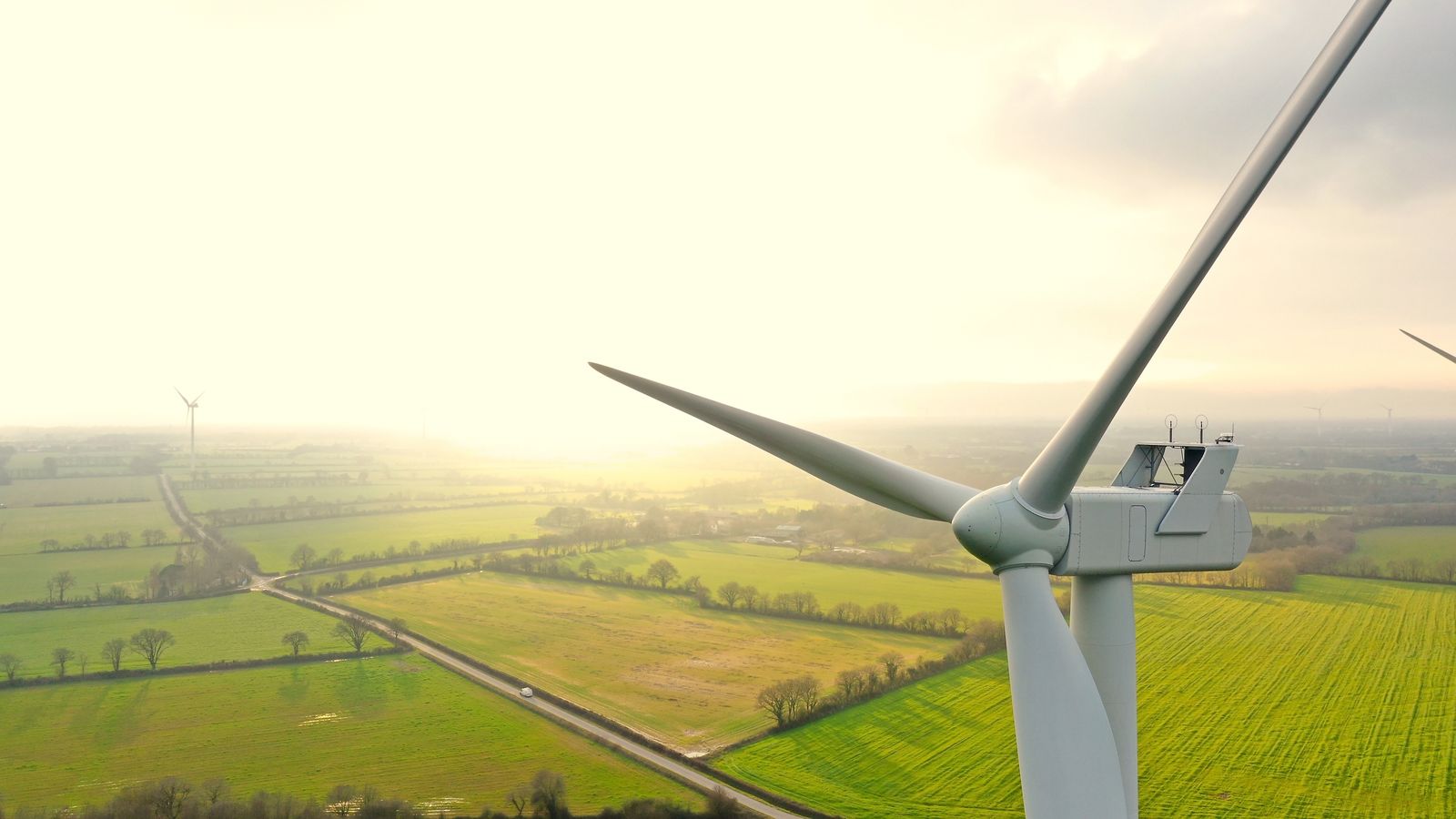Britain is in the middle of a wind drought – and the timing couldn’t have been worse.
For several days now, the UK and western Europe have been calm, with barely a breeze.
It is not until Wednesday, or even Thursday, that speeds pick up in Scotland and the North Sea, where most of our wind farms are.
That shows in the mix of energy being used in the freezing conditions.
In the past year, wind has produced 28% of our electricity, gas 42% and coal 1.6%.
Yet as people settled down to work on Monday morning, gas power stations had been ramped up, producing 61% of our electricity.
Wind was down to 3.4%, even less than the amount being generated by coal (3.6%).
This snapshot is unusual, but it does show the limitations of renewable energy in some weather conditions.
The risks could increase with global warming.
Scientists working for the United Nations’ intergovernmental panel on climate change have looked at what could happen to wind speeds in future.
Read more:
First coal mine in decades approved
Why is it so cold when climate change is making world hotter?
Big bet on wind
Even if the world reaches net zero soon after 2050, limiting the rise in temperature, winds will weaken significantly in the northern hemisphere.
It’s called global stilling. And it’s caused by the rapid warming of the Arctic, which is narrowing the temperature difference with the tropics, a gap that drives wind.
In the UK, the average wind speed is expected to drop by 2% to 3% by 2050, and 10% by the end of the century.
That matters because the UK is taking a big bet on wind.
We have 14.2GW of onshore wind turbines, with another 13.7GW offshore.
The government has a target to increase offshore capacity to 50GW by 2030, and to turn off gas and coal power stations by 2035.
However, having the turbines doesn’t make them turn – as we are finding out now.
Although the government also plans to expand nuclear energy to 24GW by 2050, up from about 6GW now, that would not fill the gap left by the lack of wind.
We will need to find some way of storing vast amounts of energy, invest in new sources, such as tidal power, or import much more through long distance cables.
Only then can we be sure the lights will stay on without fossil fuels.






















